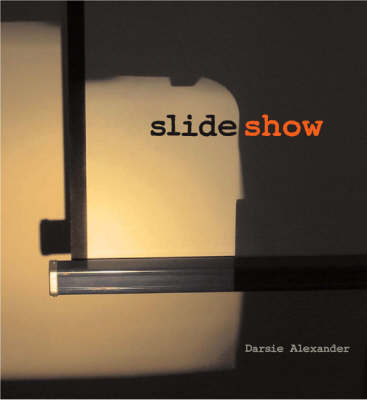Slide Show offers the first focused and extensive survey of slide projection as an artistic medium, examining the rise of projected images in the 1960s as a disembodied art form. Beginning with the invention of the magic lantern in 1656, the history of projected still images is traced, through the rise in projected photographs in late 19th century America, the use of slide projection in educational and business contexts, to the widespread adoption of the slide as the medium for recording family holidays in the 1950s, and the medium's appropriation by artists suspicious of the 'art object'. The attraction of slides for conceptual artists was that they offered a new means of experiencing the elasticity of time through still pictures. The standard, 80 slot slide carousel, which came on the market in 1960, provided a means of presenting a never-ending looped sequence of images. Artists' attention soon focused on the technology itself. Slide projection offered a way of changing the perception of the viewer of the space in which the images were projected, and the viewer's interaction with those images. They could be combined with music, spoken commentary or performance events.
The way that artists have deployed slide projection in the last half of the twentieth century is explored in essays by three leading authorities, bringing a fresh perspective to this neglected aspect of recent art history. Throughout the book, slides are illustrated as projected works rather than as stills on the page, making this a unique visual resource.
- ISBN10 185437608X
- ISBN13 9781854376084
- Publish Date February 2005
- Publish Status Out of Print
- Out of Print 3 May 2005
- Publish Country GB
- Imprint Tate Publishing
- Format Paperback
- Pages 192
- Language English
